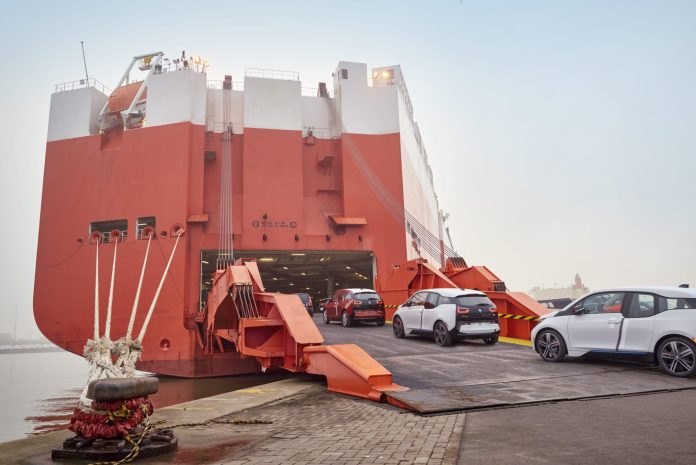For digital transformation of the supply chain, artificial intelligence (AI) is effectively the only game in town. This is because it is the only technological discipline that knits together a chain of supply, making its parts work in concert to bring intelligence across its remit.
Other change-making digital technologies – sensors, drones, autonomous vehicles, robotics, augmented and virtual reality, blockchain – are just point solutions for links in the chain, typically deployed in isolation by single parties in mines, or factories, or warehouses.
Advanced analytics – giving way to AI processes like machine learning – is different. It enables the whole chain of supply to flex dynamically in response to demand. This is important. After all, the supply chain is a chain, and its transformation by definition should capture a range of industrial disciplines.
AI is the king-making tech in a wild west of new tribal technologies. It is a technology-enabling technology – a true horizontal in a horizontally-positioned technology stack, built to serve industry ‘verticals’. The rest are paired up and picked off to power distinct applications in the supply chain, at different stopping points along the line.
Besides, the supply chain is the most horizontal of verticals, taking in the gamut of industrial processes, going from raw materials through to production, and on to distribution and retail.
If the internet of things (IoT), utilising both low-power and high-bandwidth connectivity, establishes an architectural springboard for digital change, then AI provides the industrial elasticity that will make the market bounce.
AI will make the demand for goods on the consumer-side the driving force in this chain, rather than the availability of parts and products. This paper presents the idea that, with integration of and intelligence in supply chain functions, it becomes a chain of demand, and not of supply.
A new report from Enterprise IoT Insights presents the idea that, with integration of data and exposure of intelligence across supply chain functions, it becomes a chain of demand, and not of supply. It is a concept posited by Hitachi Vantara, the change consultancy within the Japanese industrial giant, and run with in the report.
“It should be called the ‘demand chain’, because it operates a pull model, not a push model,” explains Greg Kinsey, vice president at Hitachi Vantara.
The point is the benefits brought by sensors and robots – and even analytics, in isolation – are liable to disrupt the supply chain unless they are cascaded into its other functions. Demand rises as production intensifies, and the rest of the chain is forced to play catch up. It is a butterfly effect. Kinsey has an analogy about beer-and-bauxite mines, and how the chain between is pulled during Super Bowl Sunday.
How so? Different fans like different beers, he explains. Gassy or hoppy, bottled or tinned; either way, football fans like beer, and a aluminium producer in the world feels the pull on the chain with every kick of the ball. “All this stuff is interconnected,” says Kinsey.
A ripple follows from the crack of demand. But it is not a butterfly effect, he says. It is a bullwhip effect. The ripple grows bigger as it goes down the line. “It can start pretty small at the retailer, but gets more magnified as it works its way back.”
He adds: “When you get you get into those industrial processes, you see more complexity and opportunity to improve – in terms of efficiencies, lead times, that whole bullwhip effect. The heart of managing this changing demand really lies in the integration of those industrial processes. That’s where the value is created.”
In the end, the integration of data and intelligence – gathered from multiple points, and disseminated back to them – is the only way to achieve digital transformation of a supply chain.
Check out the new report from Enterprise Iot Insights: From supply chain to demand chain – how IoT and AI are enabling the supply chain to flex to changing demand.

